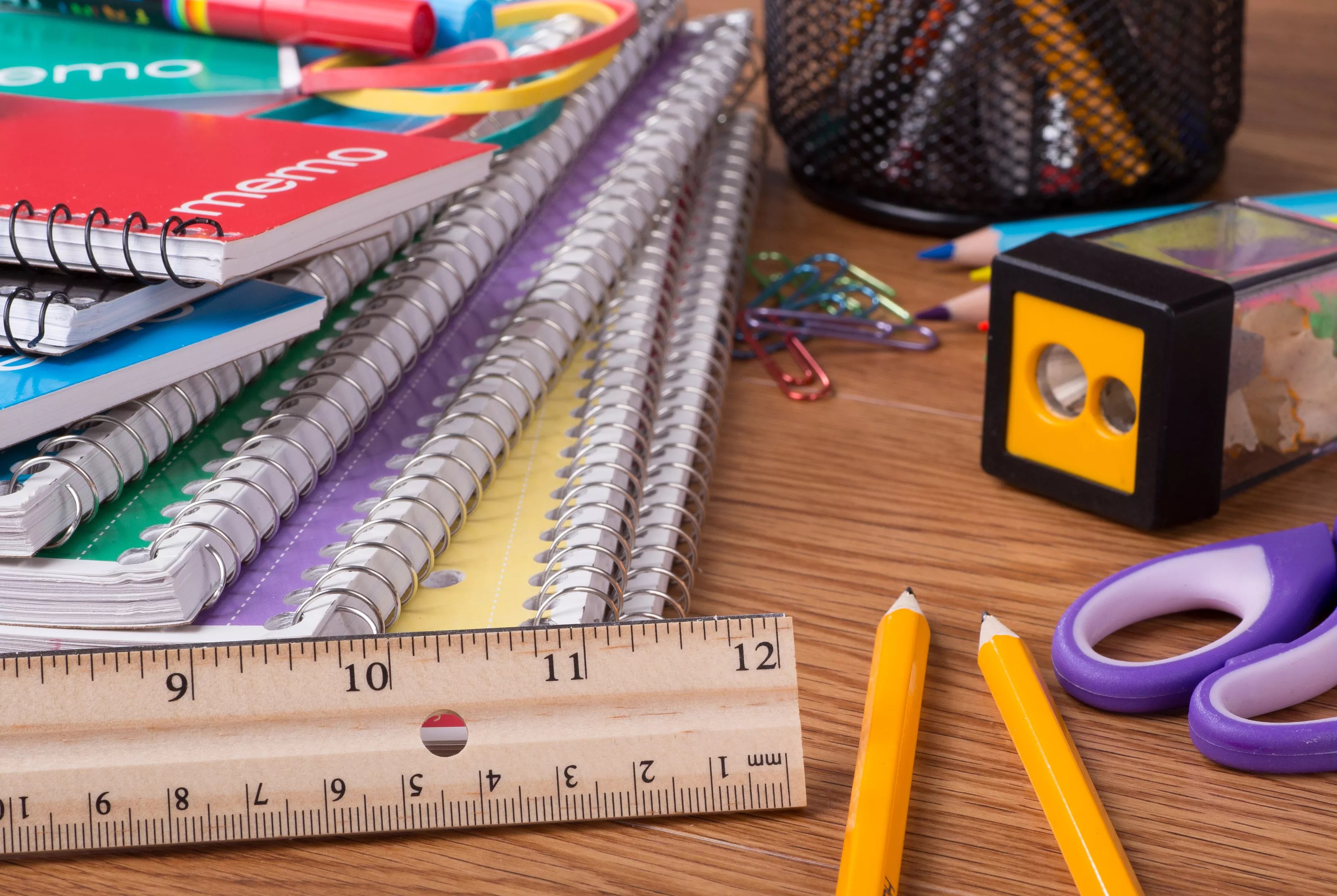
Adobe Stock

Audio By Carbonatix
Over the course of 2025, we’ve published many stories about how just about everything seems to be more expensive now than it was in the past. The increased costs of everyday life go far beyond eggs and groceries. For families in North Texas with school-aged kids, it’s more expensive than ever to send them back to school for a new school year.
According to CBS News Texas, parents in the Dallas-Fort Worth area are expected to spend an average of $750 per child on back-to-school items, including clothes, supplies, extracurricular fees, and electronics. The CBS report notes that this amount is 32% higher than the national average of $570, as determined by the Deloitte 2025 Back to School survey of 1,200 parents.
A different parent survey, conducted by the National Retail Federation, lists the average cost of back-to-school spending per child in the U.S. at $858, which is a bit higher than what CBS says North Texas parents will spend.
Here’s a look at the cost of school supplies in the Dallas Independent School District and what the future might hold for back-to-school shoppers.
Dallas, make your New Year’s Resolution Count!
We’re $10,000 away from reaching our $30,000 year-end fundraising goal. Your support could be what pushes us over the top. If our work has kept you informed, helped you understand a complex issue, or better connected you to your community, please consider making a contribution today.
How Much Are School Supplies in Dallas ISD?
We reviewed the DISD school supplies list for its sixth graders and added up the approximate cost for the more than 30 items required of students. We took prices from basic online outlets, including Amazon and Walmart. The total for the sixth-grade supply list comes out to around $80-$100, depending on where the purchases are made and which brands the items are from. That figure does not include clothing, extracurricular activities or electronics.
The DISD list specifically notes a few popular name-brand items, including Elmer’s glue, Crayola markers, and Fiskars scissors. According to the Deloitte study, more parents have been steering clear of brand-name school supplies since the pandemic in an effort to bring their totals down even more.
“Despite the uncertainty, parents appear confident they can replace clothing and refill backpacks by leaning on the savvy shopping habits they’ve honed during the past few years of high prices,” the Depoite study reads. More parents, it says, are spreading out their shopping over the course of months, rather than all at once just before school starts, in an effort to capitalize on better prices they may find at non-traditional school shopping times.
Has Inflation Affected Back-to-School Prices?
Perhaps few people are asking this question simply because the easy answer is that, as mentioned earlier, everything is more expensive. Interestingly enough, CBS reports that prices are indeed up, but spending is down, thanks in part to parents being more selective with not only brand-name goods, but also scaling down when it comes to back-to-school wardrobes.
The $570 national average spending per child is relatively flat from last year and is down from $593 in 2023. But make no mistake, spending amounts and the cost of things are two very different numbers in the case of school supply spending.
The CBS report explained that school supplies for a Fort Worth ISD fifth-grader this year will run about $113 compared to $75 in 2022.
An NBC report shows that the most common, necessary school supplies are significantly more expensive now than they were before the pandemic. That much isn’t a surprise, but the severity of the increased prices might be. According to the report, backpacks now cost 29% more than in 2019. Pencils and art goods are 26% more expensive than they were back then and paper and tablets run 25% more expensive now than before COVID-19 hit the United States.
The same report explained how many families are having to make tough decisions simply to outfit their kids with the basics for school:
Roughly 20% of back-to-school shoppers said buying supplies for the new year is straining their budgets, according to a new report by Bankrate, which polled more than 2,600 adults in June.
A separate report, by Intuit Credit Karma, found that 39% of parents said they can’t afford back-to-school shopping this year. Meanwhile, 44% said they plan to take on debt to cover the cost of school supplies, up from 34% in 2024.
How Might Back-to-School Shopping Look in the Future?
Just as inflation and the pandemic seem to touch every corner of life these days, another sign of the coming times is making its presence felt more considerably when it comes to school shopping: artificial intelligence.
“As younger generations navigate ways to value seek, they’re turning to technology to find the best deals and compare prices,” the Deloitte survey says. “Specifically, they’re using social media and artificial intelligence at much higher rates than older parents, potentially reshaping how retailers can entice younger cohorts.”